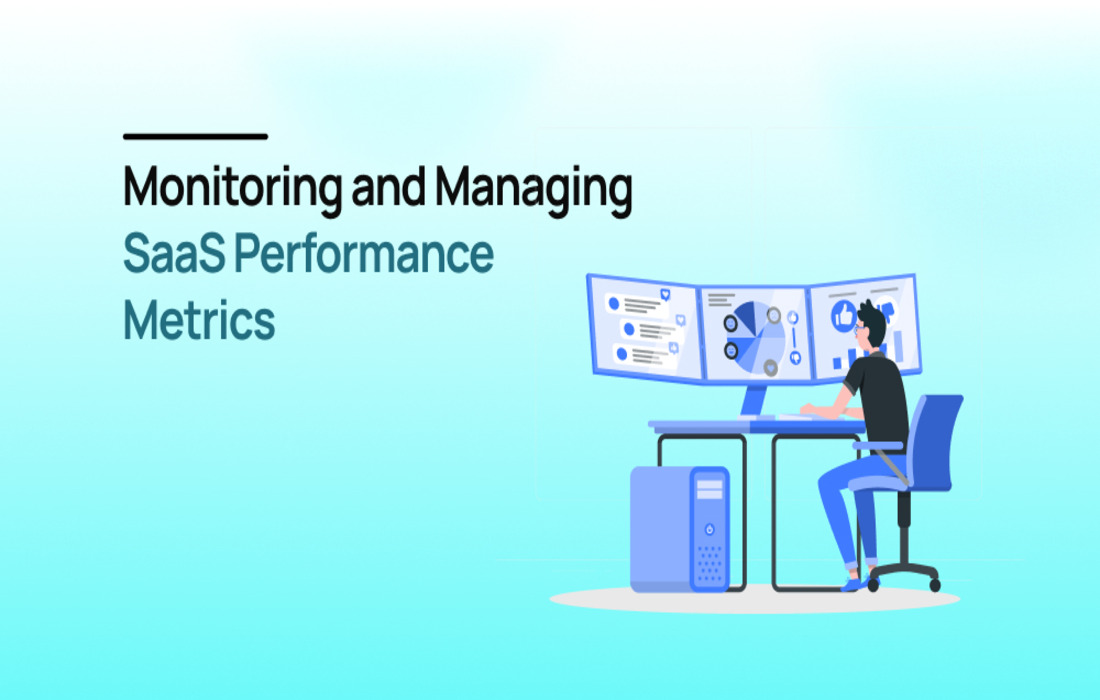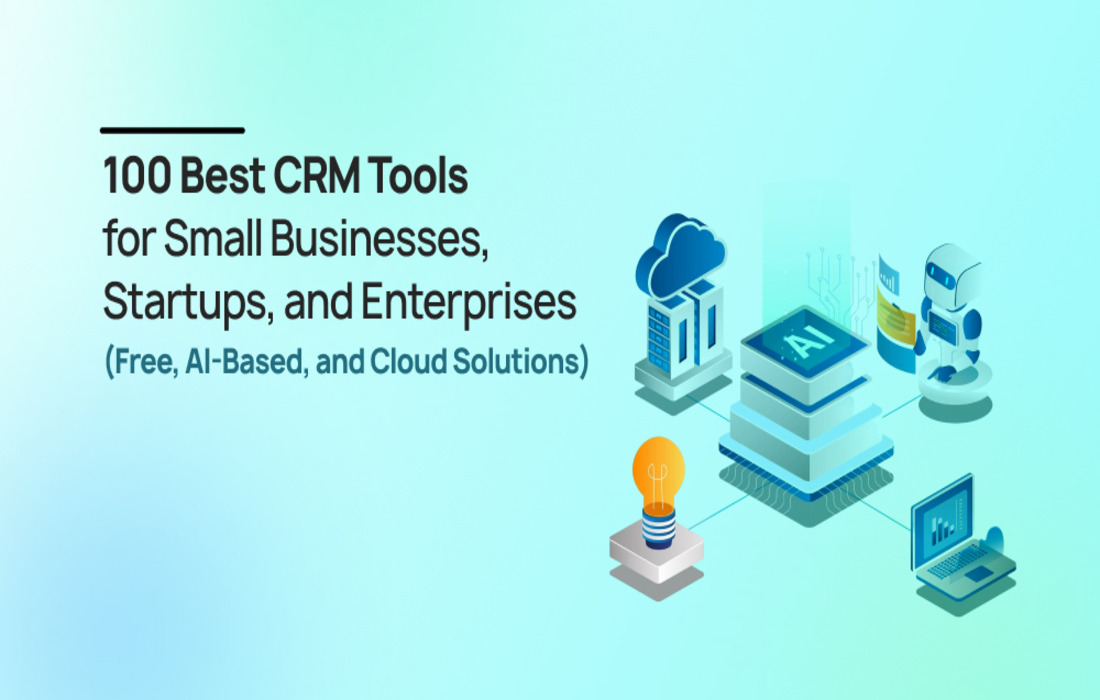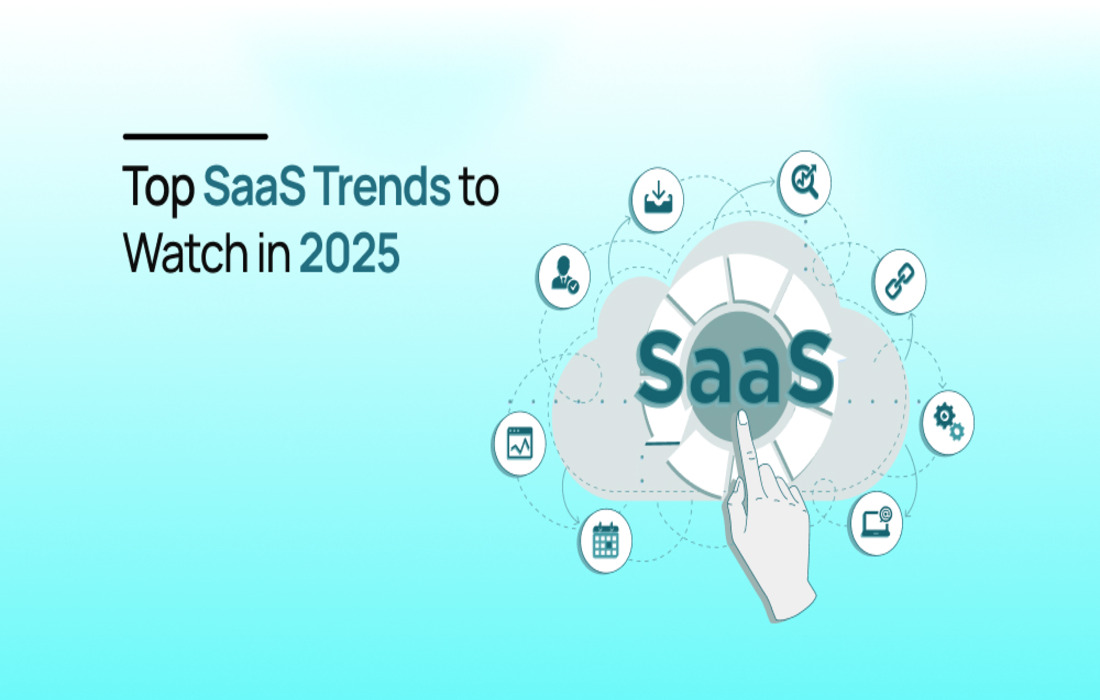In the ever-evolving SaaS landscape, performance isn’t just about uptime—it’s about delivering seamless, secure, and efficient user experiences that support your business goals. As companies increasingly rely on SaaS tools for core operations, monitoring performance metrics is critical for growth, customer satisfaction, and operational excellence.
This article explores how to monitor and manage SaaS performance metrics effectively in 2025, providing actionable insights for IT managers, SaaS vendors, and business leaders alike.
Why SaaS Performance Metrics Matter
Every second of delay, every failed integration, or unexpected crash in a SaaS environment impacts revenue, user trust, and productivity. Metrics act as a compass to help businesses:
- Track software health and uptime
- Identify performance bottlenecks
- Maintain service level agreements (SLAs)
- Optimize user experience
- Make informed product or infrastructure decisions
According to a 2024 Gartner report, 73% of SaaS-related churn was caused by poor user experience tied to performance.
Core Categories of SaaS Performance Metrics
Understanding performance metrics involves tracking multiple layers—from infrastructure to end-user experience. Here are the main categories:
1. Application Performance Metrics
These relate to how well the application behaves from a technical standpoint.
- Uptime/Downtime (% availability)
- Response time (API, UI, database)
- Error rates (HTTP 4xx/5xx)
- Load time (front-end performance)
- Concurrency handling
Tools: New Relic, Datadog, AppDynamics
2. Infrastructure & Network Metrics
These help ensure the backend infrastructure is resilient and scalable.
- CPU and memory utilization
- Disk I/O and storage usage
- Network latency and throughput
- Server response times across regions
- Autoscaling event logs
Tools: AWS CloudWatch, Azure Monitor, Prometheus, Grafana
3. User Experience Metrics
Track real-user performance and interaction quality.
- Page load speed (first paint, time to interactive)
- Session length and bounce rate
- Error frequency per user session
- User satisfaction scores (CSAT, NPS)
Tools: Google Lighthouse, Hotjar, FullStory
4. Business and Financial Metrics
These link performance to revenue and customer impact.
- Churn rate and retention
- Monthly Recurring Revenue (MRR)
- Support ticket volume and resolution time
- Customer Lifetime Value (CLV)
- Trial-to-paid conversion rate
Tools: ChartMogul, ProfitWell, Baremetrics
Setting the Right KPIs for Your SaaS Product
Not all metrics matter equally to every business. Choosing the right KPIs depends on your product type, user base, and business goals.
Sample KPI Matrix:
| Objective | Suggested KPIs |
| Improve uptime | Uptime %, number of incidents |
| Enhance user experience | Page load time, bounce rate |
| Reduce churn | Support resolution time, NPS |
| Scale infrastructure | CPU usage, autoscaling frequency |
Tip: Establish baselines and benchmarks before launching optimization efforts.
Best Practices for Monitoring SaaS Performance
1. Implement a Centralized Monitoring Stack
Use a unified dashboard that integrates metrics from application, infrastructure, and user experience tools.
- Example: Combine New Relic for app monitoring, AWS CloudWatch for infra, and Hotjar for UX.
2. Set Alerts and SLAs
- Define thresholds for key metrics.
- Implement real-time alerts via Slack, email, or SMS.
- Regularly review SLA performance with engineering and customer success teams.
3. Conduct Root Cause Analysis (RCA)
When something breaks, dig deeper:
- What happened?
- Why did it happen?
- How can it be prevented next time?
Log every incident and resolution process.
4. Prioritize End-User Monitoring (RUM)
Synthetic tests are useful, but nothing replaces real-user data.
- Capture performance by location, browser, and device.
- Monitor drop-off points in user journeys.
5. Schedule Regular Performance Reviews
Monthly or quarterly reviews help track progress, refine KPIs, and justify infrastructure investments. Involve engineering, product, and business teams.
Common SaaS Performance Challenges (and How to Solve Them)
| Challenge | Solution |
| Spikes in usage causing latency | Implement auto-scaling and load balancing |
| Poor load times in certain regions | Use CDNs or multi-region deployments |
| API response delays | Optimize database queries and caching |
| User-reported slowness | Correlate session logs with performance data |
Emerging Trends in SaaS Performance Monitoring
- AI-driven anomaly detection: Tools like Dynatrace use AI to flag unusual patterns.
- Shift-left performance testing: Performance is tested earlier in the development cycle.
- Edge computing: Reduces latency by processing data closer to users.
- GreenOps: Tracking cloud resource usage with an eye on carbon footprint.
Conclusion: Stay Ahead with Proactive Performance Monitoring
In the SaaS world, performance isn’t a technical detail—it’s a core business differentiator. Monitoring and managing performance metrics effectively in 2025 will determine whether your product delivers lasting value or frustrates users into churn.
Key Takeaways:
- Track metrics across application, infrastructure, UX, and business dimensions
- Choose KPIs aligned with strategic goals
- Use integrated tools and real-user monitoring
- Act on insights and keep evolving your metrics stack
Want more strategies on improving your SaaS operations? Subscribe to our blog for weekly updates on cloud software, infrastructure, and product growth strategies.
Performance isn’t a metric—it’s a mindset.





